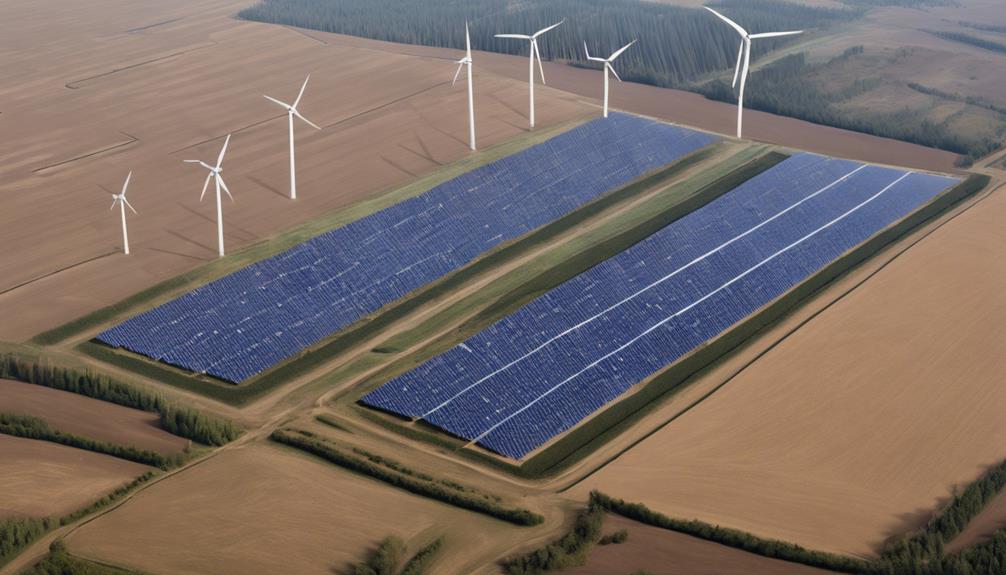
In recent years, the demand for sustainable energy solutions has skyrocketed, leading to innovative technologies that seek to harness renewable energy without compromising aesthetics. One such innovation is translucent solar panels. In this blog post, we will delve into the world of translucent solar panels, exploring their benefits, applications, and the future of solar technology.
The Concept of Translucent Solar Panels
Translucent solar panels are a pioneering advancement in solar technology designed to allow light to pass through while simultaneously generating energy. Unlike traditional solar panels, which are typically opaque, these innovative panels can be integrated into windows, facades, and roofs, making them an attractive option for various applications. The key feature of translucent solar panels is their ability to blend functionality with design, making them suitable for urban environments where aesthetics matter.
Benefits of Translucent Solar Panels
One of the primary advantages of translucent solar panels is their dual functionality. They not only serve as a source of renewable energy but also act as architectural elements, enhancing the design of buildings. These panels can significantly reduce energy costs by generating electricity while allowing natural light into indoor spaces. Furthermore, they can help reduce heating and cooling costs by providing insulation, contributing to overall energy efficiency. The ability to customize the level of translucency also allows architects and homeowners to maintain their desired aesthetic while benefiting from solar energy.
Applications of Translucent Solar Panels
Translucent solar panels have a wide range of applications across various sectors. In commercial buildings, they can be used in windows and skylights to provide natural light while generating electricity. This not only enhances the work environment but also helps businesses reduce their energy bills. In residential applications, homeowners can incorporate translucent solar panels into their home designs, allowing for beautiful, energy-efficient structures that maximize daylight. Additionally, translucent solar panels are ideal for greenhouses, where they can provide the necessary light for plant growth while generating energy, creating a sustainable agricultural solution.
How Translucent Solar Panels Work
Understanding how translucent solar panels work can provide insights into their efficiency and potential. These panels are typically made up of photovoltaic cells that convert sunlight into electricity. The translucency is achieved through various materials and coatings that allow light to pass through while capturing the solar energy. The technology may include organic photovoltaic cells or thin-film solar cells, which can be manufactured to specific transparency levels. This allows for flexibility in design and application, making them suitable for various building types and styles.
The Environmental Impact of Translucent Solar Panels
The environmental benefits of translucent solar panels are significant. By harnessing solar energy, they reduce reliance on fossil fuels, leading to lower greenhouse gas emissions. The integration of these panels into buildings also contributes to the concept of “net-zero” energy buildings, where the energy consumption is equal to or less than the energy produced. Furthermore, their ability to provide natural light reduces the need for artificial lighting, further decreasing energy consumption. As cities continue to grow, incorporating translucent solar panels into urban planning can play a crucial role in creating sustainable, eco-friendly environments.
Challenges and Considerations
While translucent solar panels offer numerous advantages, there are challenges and considerations to keep in mind. The initial cost of installation can be higher than traditional solar panels, which may deter some homeowners and businesses. Additionally, the energy efficiency of translucent solar panels can vary based on their design and the materials used. It’s essential for consumers to conduct thorough research and consult with professionals to determine the best options for their specific needs. Ongoing advancements in technology are expected to address some of these challenges, making translucent solar panels more accessible and efficient in the future.
The Future of Translucent Solar Panels
As the world continues to prioritize sustainability, the future of translucent solar panels looks promising. Ongoing research and development are focused on improving the efficiency and affordability of these panels, making them a viable option for a wider range of applications. Innovations in materials science are paving the way for even more transparent and efficient solar technologies. As architects and designers increasingly embrace sustainable practices, translucent solar panels are likely to become a standard feature in modern building designs. This not only represents a shift towards more environmentally conscious construction but also opens up new possibilities for integrating solar energy into our everyday lives.
Conclusion: Embracing the Future of Solar Energy
Translucent solar panels represent a significant leap forward in the quest for sustainable energy solutions. By combining aesthetics with functionality, they offer an innovative way to harness solar energy while enhancing the visual appeal of buildings. With numerous applications, environmental benefits, and ongoing advancements in technology, translucent solar panels are set to play a vital role in the future of renewable energy. As consumers, businesses, and governments continue to embrace the importance of sustainability, the adoption of translucent solar panels will undoubtedly contribute to a greener, more energy-efficient world.
In conclusion, the integration of translucent solar panels into our structures not only showcases innovation but also emphasizes the importance of sustainability in modern architecture. As we move towards a more eco-friendly future, understanding and embracing technologies like translucent solar panels will be crucial in our journey towards a sustainable planet.





